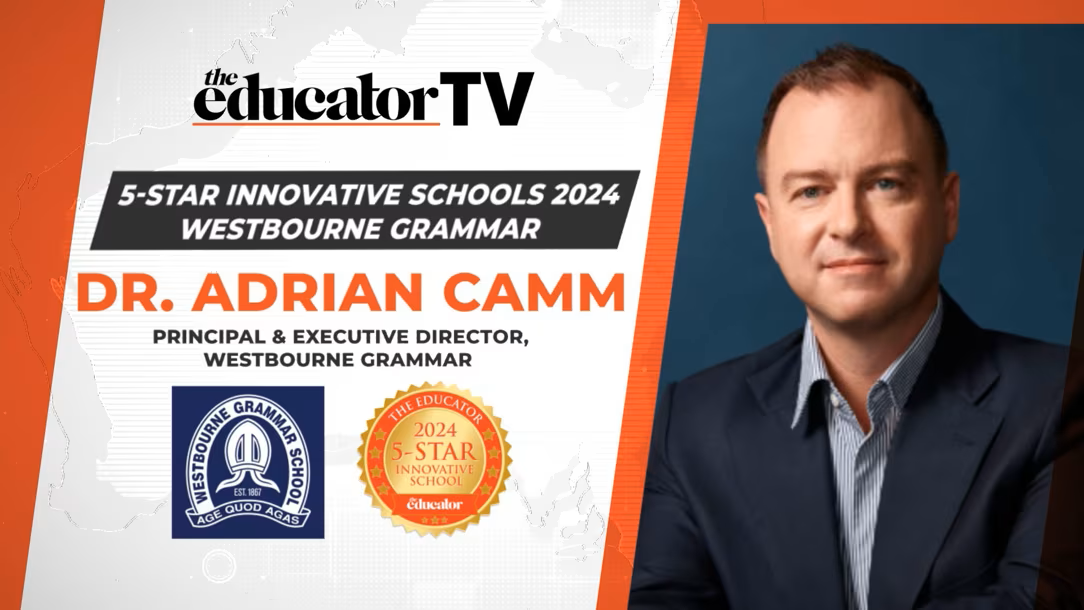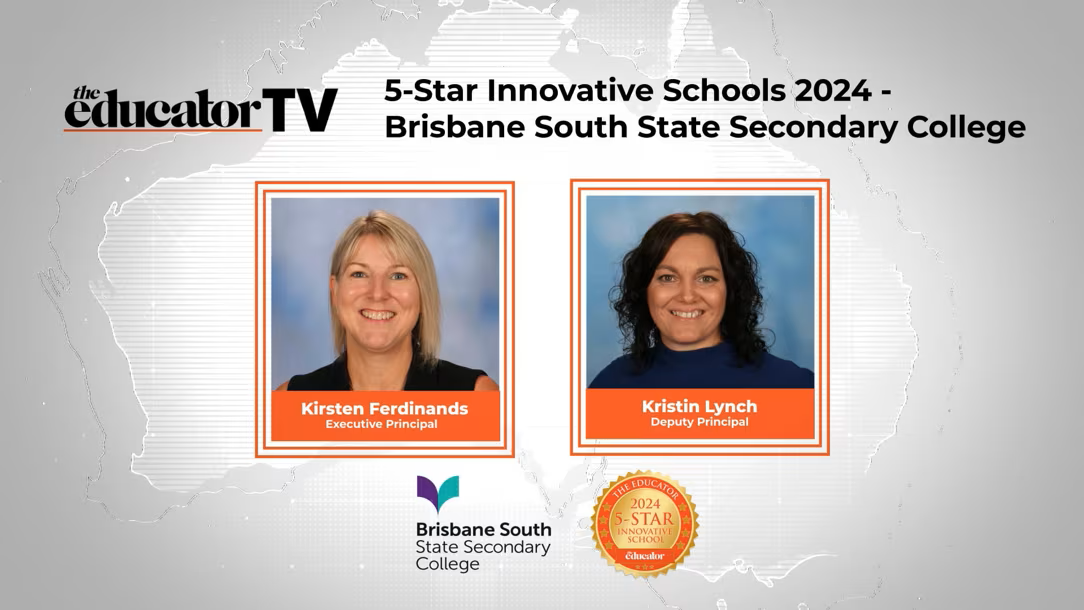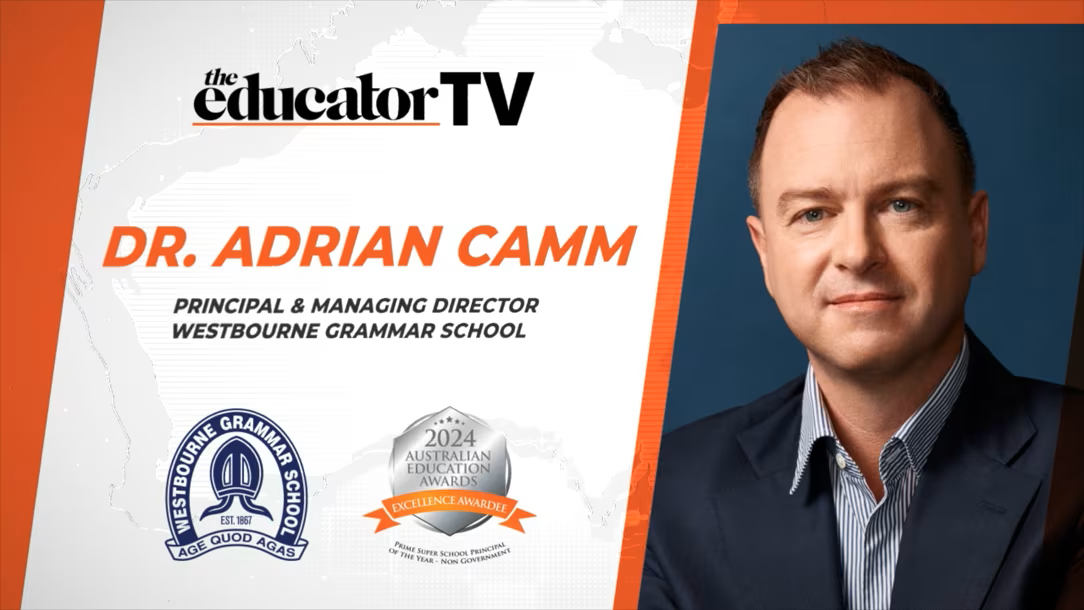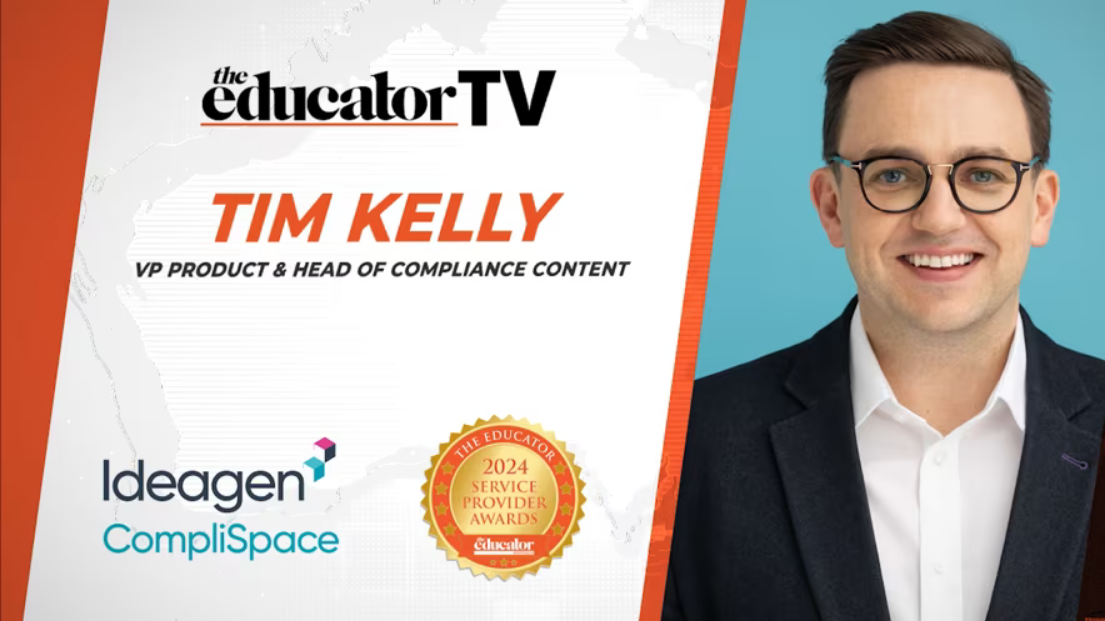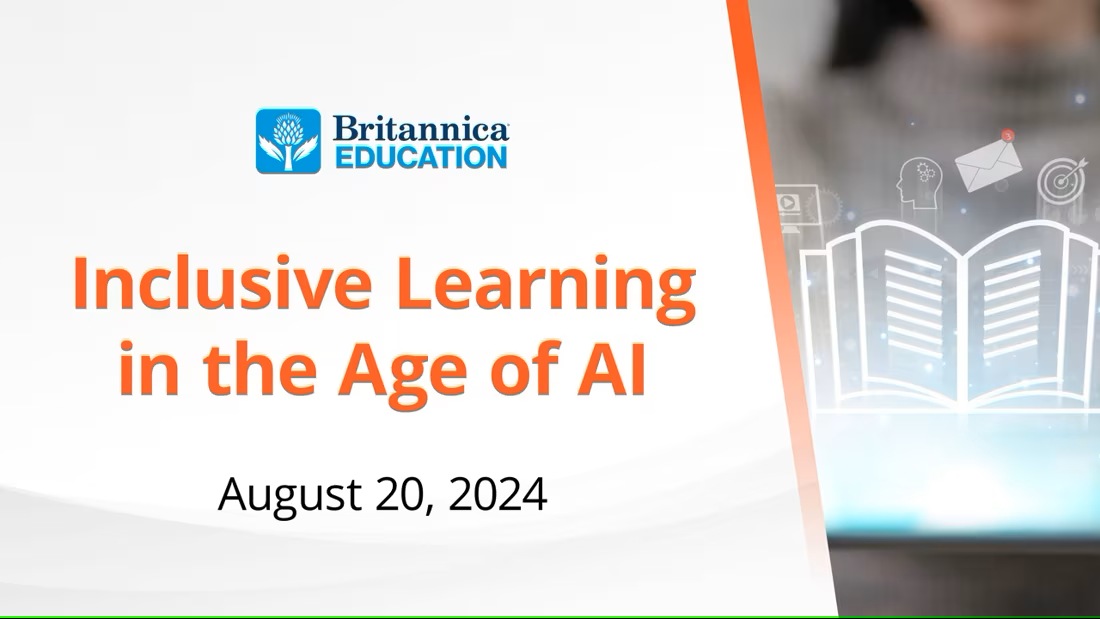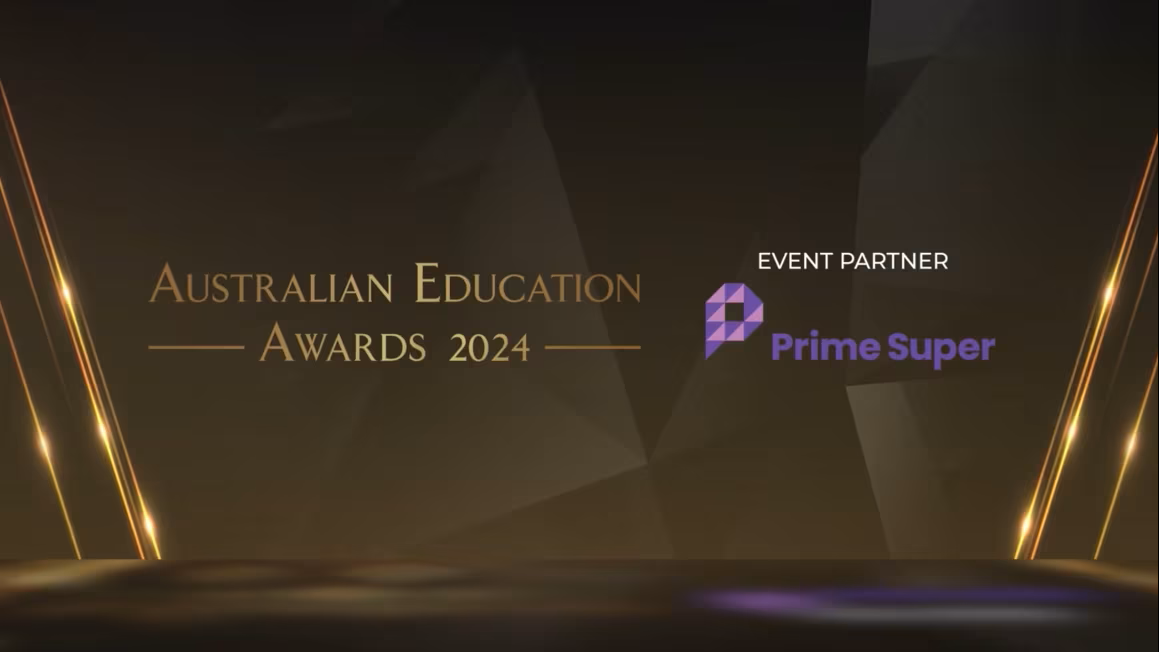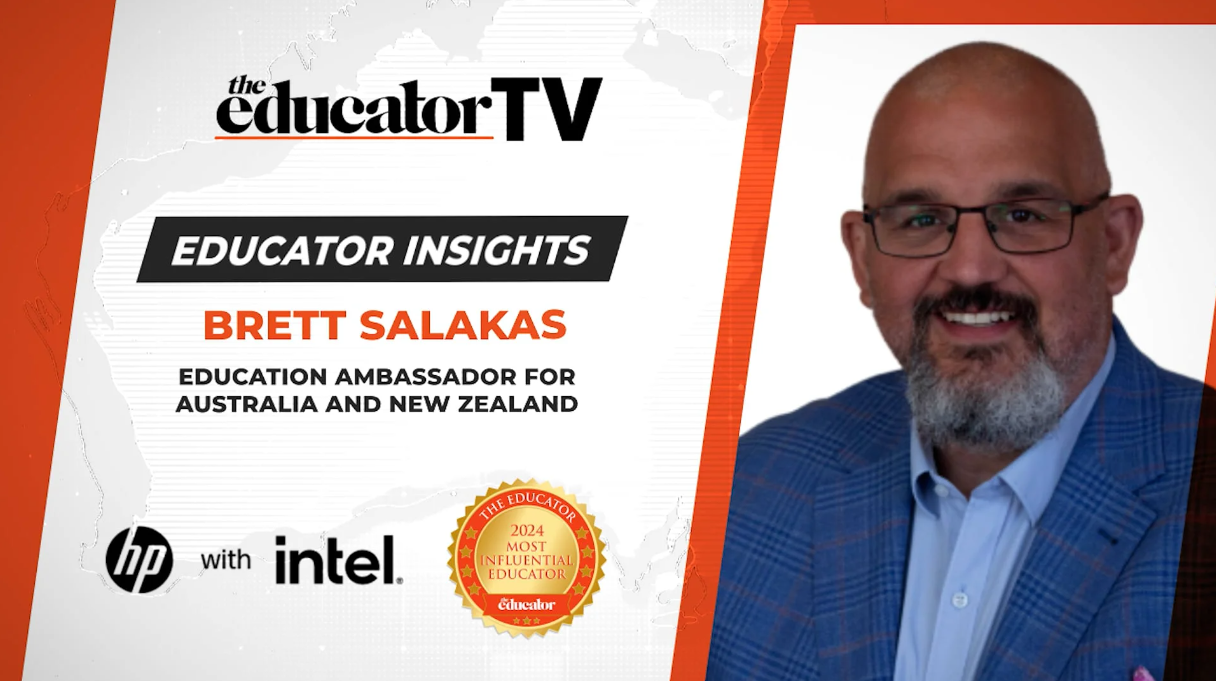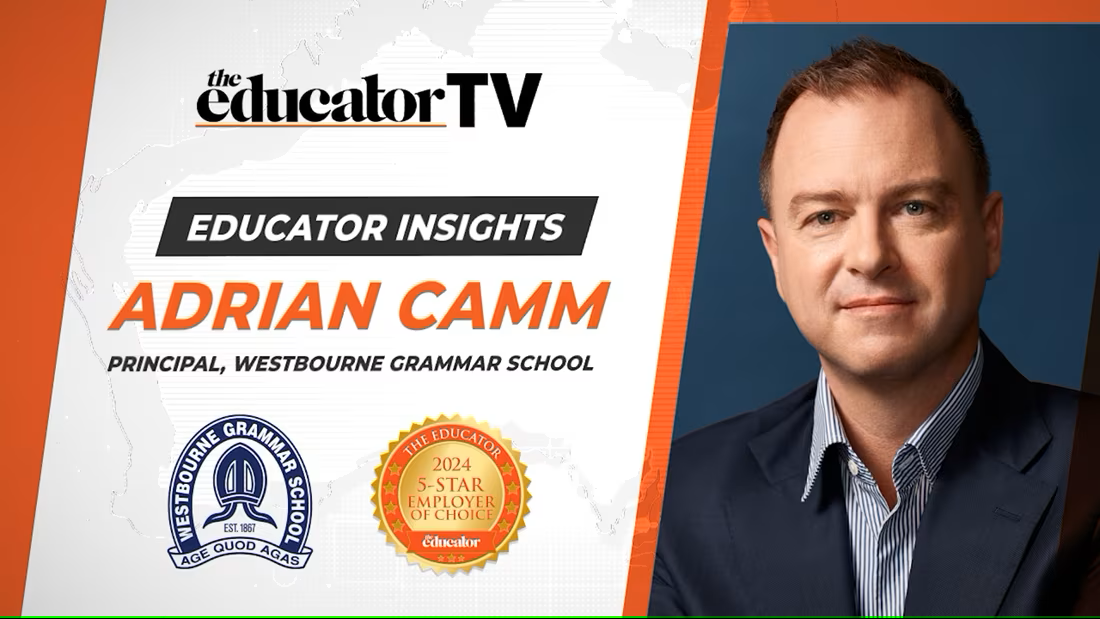From low-tech to digital powerhouse
Minarah College, which was recently named one of Australia’s most Innovative Schools of 2022, is at the forefront of transformational change in educational practices and pedagogy
To view full transcript, please click here
Brett: [00:00:13:17] Hello to all of our viewers. I'm Brett Henebery, editor at The Educator. And today, we're joined by Jay Halai, who is the principal at Minarah College, which was recently named one of Australia's most innovative schools for 2022. I'll be talking to Jay about the school's experiences through the pandemic and how it's outside of the box. Thinking helped students and staff thrive through this very challenging time. Jay, thanks again for joining me.
Jay: [00:00:37:09] Thank you, Brett.
Brett: [00:00:39:13] Thank you. Now, I just want to start off by getting an idea of the challenges that the college faced through the pandemic and how your responses to the pandemic accelerated innovation at the school.
Jay: [00:00:54:05] Sure. Thanks. With the pandemic, we had no actual infrastructure set up at the school for it. So no students were had any devices at all. And pretty much when when the when the COVID did kick in and the closures for term three happened, we had staff with their laptops, but no students from primary or secondary with any devices at all because we wanted to bring your own device to school or we hadn't had any 1 to 1 devices rolled out across any groups. So we were in a bit of a stuck position as a school because we were like, Look, we've got to offer some sort of remote facility for the students to work through. We had obviously Microsoft teams in place from the previous lockdown, but it wasn't actually used that well because I think the school had only been in lockdown for probably about two weeks in 2020 at the time. So looking into 2021, we were faced with a dilemma. No students had any devices, just as staff had the Microsoft Surface Pro 7, which I think had been rolled out in April or so of last year. And we ended up thinking we've got to do something because all year 12 students are going to need that delivery of their lessons again. You can hear all the stories around New South Wales at the time. Some schools had gone remote because they'd all had those provisions in place where students had their laptops and they just had to adapt and pivot as as most people have said during that time, whereas we had to reinvent everything and pretty much just start teaching using Microsoft teams. Students had to use devices. We found some students didn't have devices which could handle that kind of level of interaction. So what we did was we decided that we would have our trial exams using a proctoring service and we found something. Some of the ones out there were like with universities where thousands and thousands of students would take an online exam. So we found something called Test Portal, which was designed by an organization I think in Eastern Europe, and it could be integrated into Microsoft teams very well. The problem was we were like, our students don't actually have devices. So we made a few phone calls to Microsoft. At the time we were engaging with them after working with our teachers on their their device rollout that we would actually like to load some devices for our students. I think we only had about, say, less than 50 students. At the time, Microsoft was saying that it's quite a huge number. We don't actually loan that many out, but they pulled a few strings for us. And, you know, we are obviously on the lower end of the independent school fee paying structure, you know, and they delivered for us. We managed to get some devices which students used. We found that some of the devices, because they were not ones that allowed a stylus to be used, wouldn't work for our students to do an exam for maths. So they actually got ones that would allow that. So they were very adaptable as organization for us giving us these devices and we trialed it, we were, I think one of very few schools in New South Wales that actually had the paper for the Catholic Paper delivered virtually using that. So our students going into that final HSC exam had used that controlled conditions environment, be it virtual compared to being face to face when they came back for their exams, but they were ready for it. And I felt that that was that was a starting point because as a school we made sure that our students use those devices in year 12 and they found them really well. You know, they use them really well. And we made a decision as a school. The board said, Look, this is worked very well. We had discussions about whether we should roll it out in a phased. And I was very adamant that because we were going down the avenue of no devices at all in school, it wasn't as if we already had existing ones to replenish. I just went in and said, Let's just do it for all of them. And after discussions, our school board was great. They just acknowledged that we do need to move rapidly and we ended up with 7 to 12 being rolled out at the start this year. And we've just had years five and six as well. They have got their devices rolled out just about a fortnight ago.
Brett: [00:05:30:24] Having that buy in must have been incredibly helpful when you mentioned before that things are working very well. Can you share some of the outcomes that you saw at the school following that?
Jay: [00:05:43:12] Sure. I mean, our outcomes are pretty much been we're very much moved from that kind of textbook, traditional textbook kind of approach to a very hands on kind of approach where all the lessons are delivered using devices. As I said before, it's about digital inking. So the outcomes are students are actually getting ready for the world of work when they leave here to go to university or TAFE, they're going to be ready because they'll be using things like Microsoft teams. They'll be collaborating using those kind of platforms, which we're kind of not unheard of, but not used as commonly before in the past pre-COVID. So we're finding that their skills when it comes to designing and Note taking using OneNote are brilliant. Our teachers have started delivering those lessons and to a certain extent you could say is kind of catch up because many schools established independent schools, had these systems in place. But here, being in south west Sydney, we didn't have that. And now, as it says in the Microsoft Education blog that they wrote last year, we've kind of turbo charged our way into the to the digital transformation of having all these devices rolled out, which we're very proud of.
Brett: [00:06:54:15] Yes. So you should be there's been some fantastic stuff happening at the school. The the last thing I really want to ask you is about, from your perspective, having overseen all of these changes as the principal at the school, what would you say to other school leaders in terms of some of the most important lessons that you've drawn from the remote learning experience as a leader?
Jay: [00:07:19:01] I think as a leader, you know, we have to work with our staff and students and also the people that are running the school. As a director, as a strategic level, you know, we need to not be afraid of taking those kind of challenges and going for that kind of immersive approach of trying to get our students the best provisions that you can, you know, to adapt to getting into the virtual world. You know, as we see with lots of university programs, they are not delivered that much with the traditional approach or face to face as it was many years ago. There's the element of there are they're using things like Moodle, they're using various applications like Canvas, and that's an expectation. It's not like you can opt for the face to face purely, you know, university is pretty much a hybrid version. So I've learned that we need to adapt our students for the real world for post HSC. We also need to give them the skills that are necessary for their future work, but we also need to get them to become more creative and start looking at various avenues when it comes to how they can use technology to support their learning, which will help them with their future rather than just technology for things like social media and for entertainment purposes. And I think the biggest challenge is as a principal, is we have to have those difficult conversations with parents to say that, no, they're not going to be spending too much time on devices because you can get that device fatigue. There is going to be that element of there are going to be other activities like discussions and stuff that will happen face to face. There will be those kind of times when they do need to use their device all the time. And, you know, you have to bite the bullet and make certain decisions like we want to go into that kind of paperless environment where we have no textbooks. Well, to be honest with you, in this day and age, most people don't receive the, you know, the electricity bill or gas bill as a paper copy. So we've gone to paperless. More funds from year 5 to 12. When it comes to students. Right. And you know, the questions were raised well it's not the same as writing with a pen or technically, if you've got a stylus in your hand and you're using OneNote, which has got a lined paper on there, you can actually mimic the same effect as putting a Rollerball to paper.
Brett: [00:09:52:19] Indeed. And yet certainly being a tool over these years and how a staff and students looking towards 2023 are they all know.
Jay: [00:10:03:14] They're very excited. Staff are excited because there's a lot of great things that have been happening with innovation, you know, not just on the technological front. You know, we've we've we've looked at innovation because we've had a rebrand. We've gone from Green Valley Islamic College to Minarah College. There's been changes on all fronts. So our uniform is very differently designed. I'd say it's a unique design and everyone has seen it and said and even our organization that's been supplying them and we've designed with Midfoot, they've gone, this is the best uniform that they, that they've seen. We've gone to the level of the detail, like looking at how the branding of it will look on the child, how it will look when they're wearing it, which is typical, but little things like the inside lining of the blazer, having the prince of the Minarah logo in their, you know, silhouettes on these the high school compared to, you know, just a small logo at the bottom with apexes of the tie offset it you know, to even our blazer pocket. It doesn't say the word Minarah. It's just got the Minarah logo. And it's that element of if you look at a brand, let's just say, for example, you look at an apple, it doesn't say apple at the bottom of it. You just see the apple. It's just like that's what we're trying to go for is if you see that logo, you ask, what school are you from? And it took about three different companies to get our logo right. And you know, the level of innovation for that, we went to three different companies, two in Australia, one abroad to perfect the logo where people look at the logo, which you can see behind me right now and go, that's a great logo. And it took at least a year to perfect it and get it right.
Brett: [00:11:49:23] Look, Jay, thank you so much for putting aside your time to talk to us today. And best of luck for 2023.
Jay: [00:11:57:24] No, thank you, Brett. And we look forward to 2023 because as I said before, there's plenty of changes. A brand new website as well, which we'll be launching and it's going to be up there with the best of the other independent schools out there in Australia.
Brett: [00:12:14:09] Exciting times. Thank you very much, Jay.
Jay: [00:12:17:15] Thanks, Brett.






